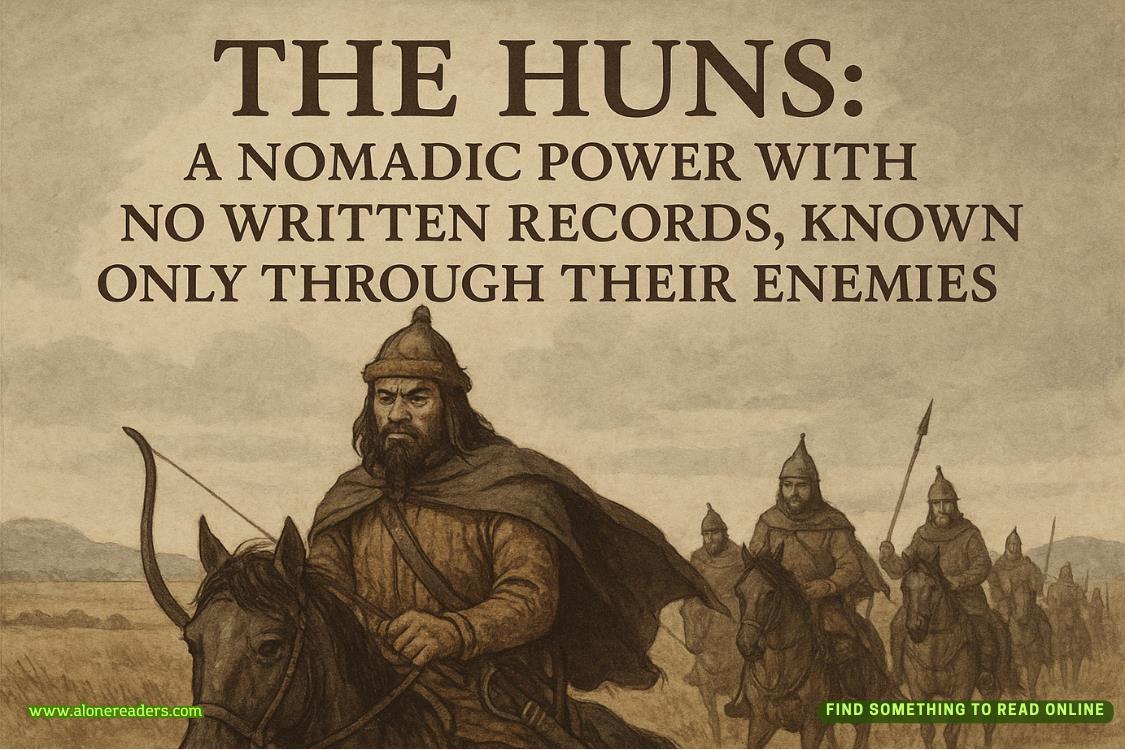Page 53 of The Truth You Told
Each individual letter had its own evidence bag. And then attached to it was a decoded version of the message it contained.
She carefully handled the very first letter through the bag—modern-day paper was fragile and prone to tears. Although she couldn’t actually read the message, it was impressive in length. Encoding somethingwith an Alberti Cipher wasn’t the most difficult thing in the world, but the ones she’d seen before tended to keep the contents limited to what was necessary.
The Alphabet Man—Conrad—had written an entire page.
She set it aside in favor of the decoded version. Attached to that with a paper clip was a photograph of the cipher tattooed on the first victim’s arm. Raisa easily parsed through the first word.
Salutations.
Those grandiose greetings were a hallmark. Maybe that wouldn’t hold up in court, but she’d found it on every one she’d analyzed. Except for the ones from those four victims.
Raisa pulled up her spreadsheet and labeled the Conrad letter asAand the possible second author’s letter asB.
Her fingers worked almost independently as she created lists for both.
A
No positive or negative contractions (ex: I am and are not, instead of I’m and Aren’t. Because it would give away code?)
Excessive use of similes (ex: the knife sunk in like butter, the blood droplets spattered on my hand like rain; you might think I am crazy, but I am crazy like a fox)
Excessive use of self-referential pronouns (ex: I missed you at the bar last night; My intrepid Agent Kilkenny; why will you not answer me?)
Idiom misuse: One in the same (correct: one and the same. See: letters 3, 6, and 9)
Word misuse, eggcorn: feeble position instead of fetal position
Double space after periods
B
Error: Dropped vowels before consonants in last syllable or aword (considerbly, entirly instead of considerably and entirely)
Error, likely typo: of instead of off
Only grammatical error: used hear instead of here
Positive and negative contractions (ex: they’re and can’t)
Simple salutation: (ex: dear Callum)
She went on until she had a good sense of both their voices. Her one asterisk that she would add to any report was that the two authors had been writing using the Alberti Cipher. Likely they’d composed the message and then encoded it, but the process might account for something such as a dropped letter from the wordoff. The same could be said about some of the punctuation.
Still, there was enough to tell that they were different writers, just as she’d thought during that first analysis.
Raisa did the same with the letters about the two male victims, and came to the same conclusion.
The second author hadn’t even tried to mimic Conrad’s idiolect. Raisa wondered if they’d dismissed the idea or if they just hadn’t thought about it at all. They had probably thought that writing in a specific code was enough to make their letters seem like they were from the same person.
And she had to admit it had worked.
So why these victims? Raisa found it hard to believe that they simply had a much slower copycat serial killer on their hands.
One of the Alphabet Man’s signatures was that he had such a short cooling-off period. If these four victims were excluded, he’d still killed twenty-three women over five years. That was nearly five a year for an extended period of time.















